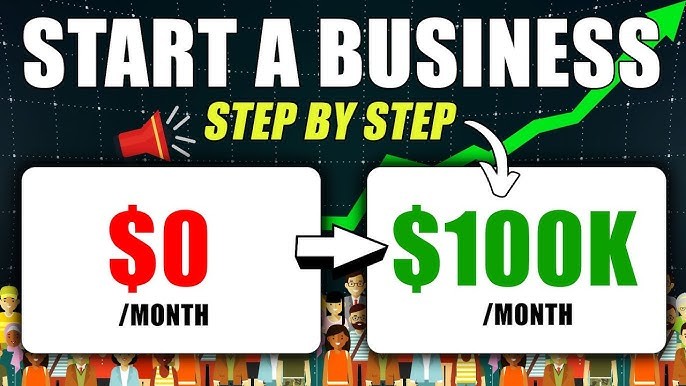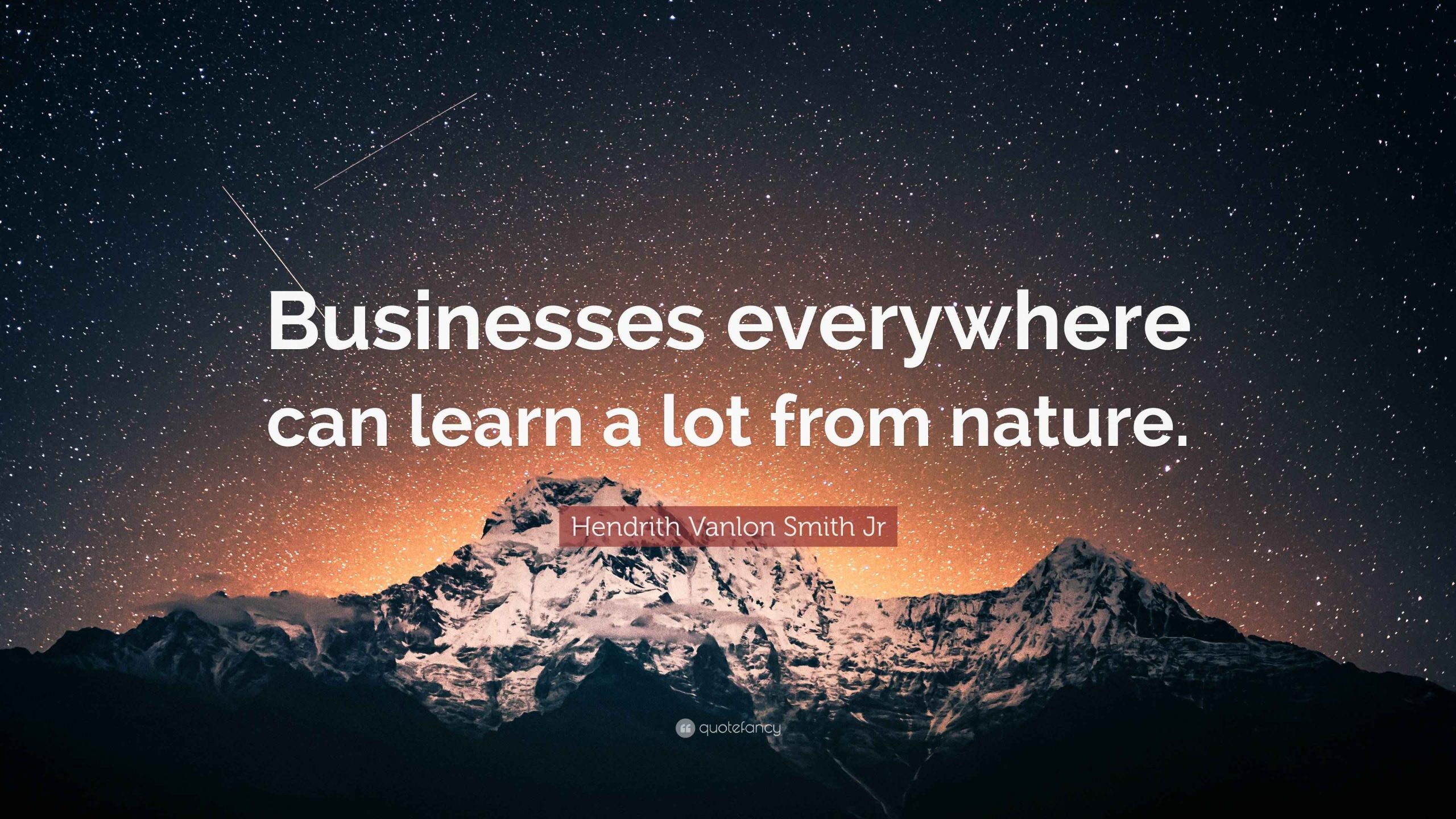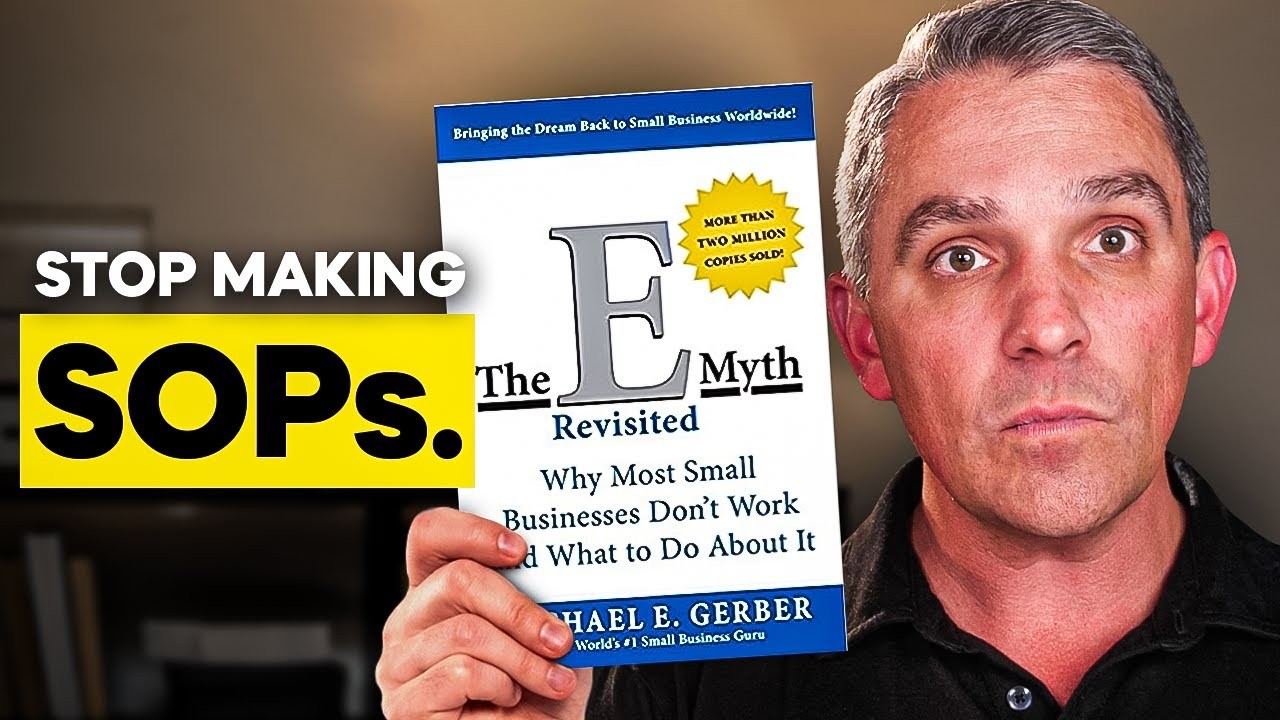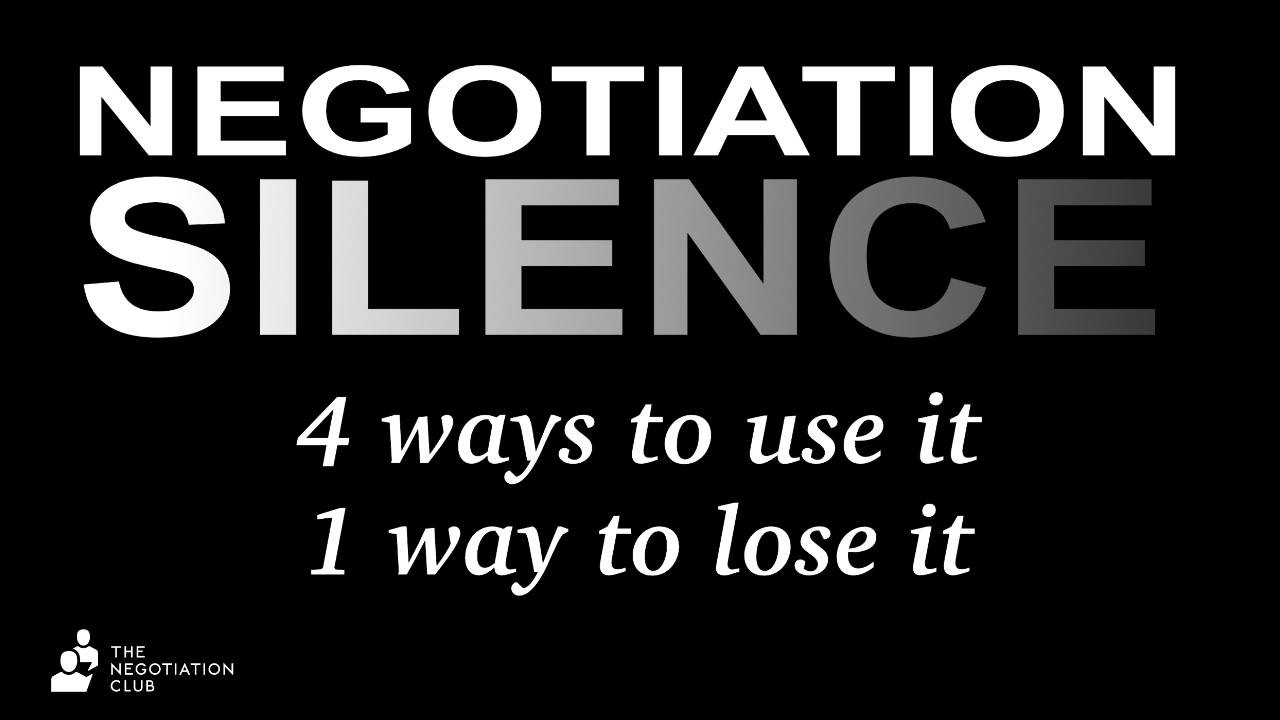Building a business is never simple, but starting one in a saturated market can feel like trying to shout over a roaring crowd. Every potential customer already seems to have a go-to brand. Every solution appears to exist. But saturation doesn’t mean there’s no room—it just means you have to be more deliberate, more creative, and more connected to what people truly need.
Contrary to popular belief, saturated markets can actually be a sign of opportunity. If a market is crowded, it’s usually because demand is high. People want what’s being offered. The challenge isn’t whether there’s a market for your idea—it’s whether you can carve out a distinct identity and deliver something in a way that feels new, personal, or simply better. That’s where strategy, storytelling, and insight become your most valuable tools.
The first hurdle to overcome is the mindset that everything has already been done. Yes, perhaps a thousand others are selling organic skincare or subscription-based meal kits. But the real question isn’t what they’re selling—it’s how. This is where differentiation becomes crucial. And differentiation doesn’t have to mean inventing something that’s never been seen before. Often, it’s about refining or reimagining what already exists in a way that feels meaningful to a specific group of people.
Take, for example, the coffee industry. Saturation is an understatement. Walk down any major street and you’re likely to pass half a dozen coffee shops, many offering nearly identical menus. Yet brands like Blue Bottle, Stumptown, and Verve have carved niches not just by offering good coffee, but by telling a story—about sourcing, about craft, about community. They made their customers feel like part of something. People weren’t just buying a cup of coffee; they were buying into an experience, a lifestyle, even a set of values.
The same principle applies across industries. When you’re entering a saturated space, it’s not just about the product or service—it’s about positioning. Who is your product really for? What problem are you solving in a way others aren’t? And perhaps most importantly, what emotional resonance does your brand carry?
It helps to look closely at pain points that existing players overlook. Sometimes this insight comes from being a customer yourself. If you’ve ever been frustrated by clunky user interfaces, generic customer service, or a lack of transparency in pricing, chances are others have too. That shared frustration can be a powerful entry point. Think about how Warby Parker disrupted the eyewear industry—not by inventing new lenses, but by making the process of buying glasses straightforward, affordable, and even fun. They didn’t just sell eyewear; they redesigned the buying experience.
Trust is another essential currency in a saturated market. When customers have endless options, they gravitate toward businesses that feel authentic and consistent. This is where many newer, smaller businesses have an edge. While big brands can feel impersonal, a smaller operation can build real relationships, respond quickly, and show personality. People want to buy from people. Being accessible, responsive, and transparent can make a bigger impact than the slickest ad campaign.
That said, trust isn’t built overnight. It requires showing up consistently and delivering on your promises. It also means being willing to learn from your customers and adapt as you go. Many successful entrepreneurs in crowded spaces start by launching small, testing their assumptions, and tweaking their offerings based on real feedback. That agility can make all the difference, especially in markets where trends shift quickly and consumer expectations evolve.
Timing also plays a role, though it’s often misunderstood. It’s easy to think you’re too late if competitors have already staked their claim. But being “late” can actually be a strength if it means you’ve had time to observe, learn, and improve on what others have done. Uber didn’t invent ride-sharing. Netflix didn’t invent streaming. They simply did it better, at the right time, and with a clearer understanding of what customers truly wanted.
If you’re serious about entering a saturated market, you’ll also need to be brutally honest with yourself about what you’re willing to do differently. That might mean taking creative risks, narrowing your focus, or investing more in storytelling than sales tactics. It might mean building a community before building a product, or offering something for free to gain traction and trust. It might even mean being patient when growth is slower than you’d like.
At the end of the day, building a business in a crowded field is about clarity and connection. Clarity about who you are, what you stand for, and who you’re trying to serve. Connection with the customers who see themselves in your story, your values, and your mission. Saturation doesn’t close the door—it just raises the bar. And if you’re willing to rise to the occasion, it can be the start of something deeply rewarding.




